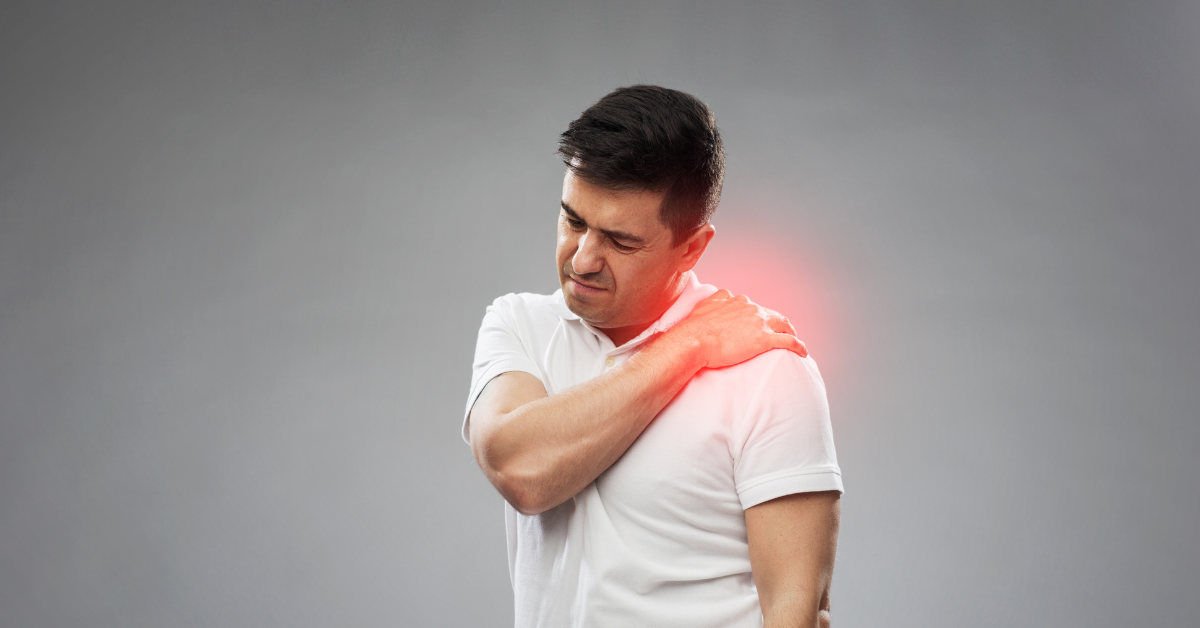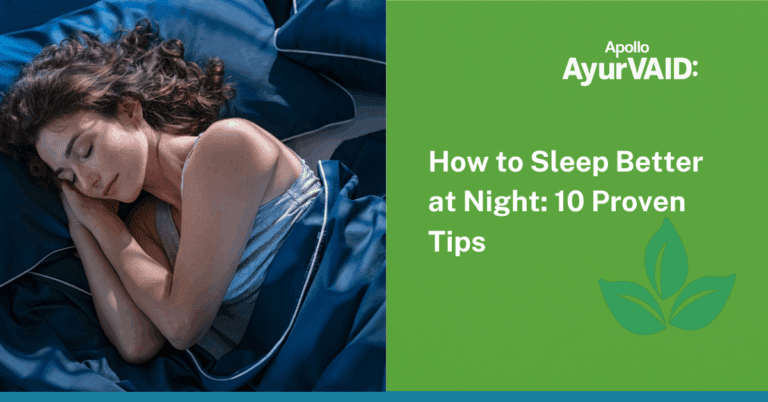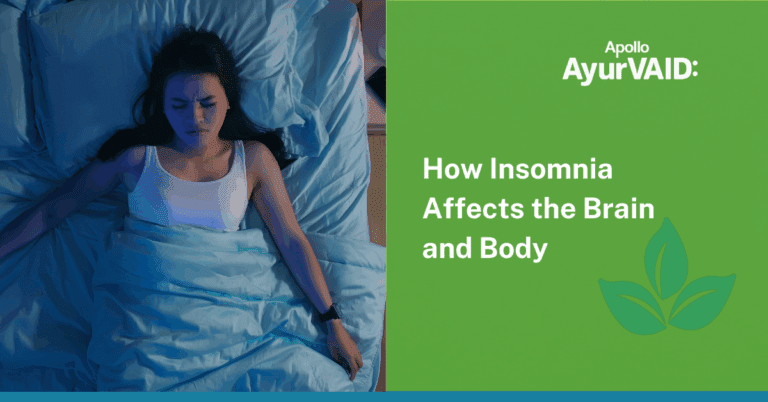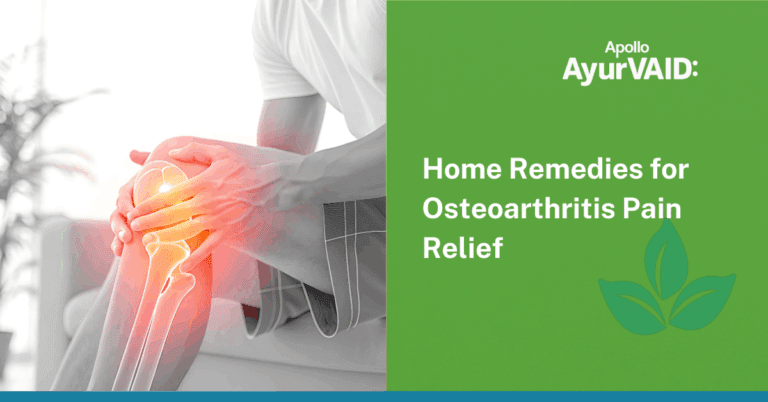It’s Osteoporosis Awareness and Prevention Month, a perfect time to shine a light on a condition that affects over 200 million people worldwide — and one that often goes unnoticed until it’s too late. Osteoporosis prevention isn’t just for seniors; if you’re under 50 and haven’t thought much about your bones yet, now is when it matters most. Building strong bones early is key to avoiding problems later.
Your doctor might have mentioned vitamin D once. Or your grandma swears by her calcium tablets. But here’s the thing — how to strengthen bones and joints naturally takes more than just popping a supplement. Osteoporosis is called the “silent disease” for a reason. Early signs creep in before you fracture a wrist or feel that persistent backache. And here’s a truth bomb:
Many people think bone health is only about calcium. That’s just part of the picture.
Ayurveda takes a step back and looks at the root causes — what’s triggering bone depletion in the first place? The answer often lies in an imbalance of Vata Dosha, the force behind movement and structure in the body. So if you’re thinking about osteoporosis prevention or curious about how to strengthen bones and joints naturally, this is the perfect moment to explore a more comprehensive path that blends ancient Ayurveda wisdom with today’s lifestyle choices.

Osteoporosis And Ayurveda
In Ayurveda, bones are considered more than just the body’s framework — they reflect overall tissue health and balance. They are Asthi Dhatu — one of the seven fundamental tissues. Ayurveda describes the connection between Doshas and bodily tissues through the concept of Ashrayi-Ashraya Bhava. Bone tissue is the Ashraya (natural seat) of Vata Dosha – the Ashrayi (resident). When Vata gets aggravated — from stress, poor sleep, irregular diet, or constant travel — it starts affecting the host: the bones. It can lead to Osteoarthritis when combined with the depletion of Shleshaka Kapha (synovial fluid), which is essential for joint lubrication. Alternatively, it can cause Asthikshaya, or depletion of bone tissue, leading to Osteoporosis. Asthikshaya occurs when the structural integrity of the bones weakens, resulting in reduced bone density and fragility.
Early Signs of Osteoporosis
Osteoporosis often develops quietly over time, without obvious symptoms. However, subtle signs indicate the condition.
- Hairline fractures – Fractures or breaks that seem to happen without a significant injury could indicate weakened bones.
- Chronic joint pain – Persistent pain, especially in the spine, hips, or wrists, may indicate deteriorating bone.
- Brittle nails or teeth – Nails or teeth are more prone to breaking or chipping, which can be a sign of bone health issues.
- Loss of height – A gradual decrease in height over time can be linked to vertebral compression fractures caused by weakened bones.
- Postural changes – Stooping or an abnormal curvature of the back (like a hump) may develop as bones in the spine weaken and compress.
If you notice any of these changes, it might be a good idea to talk to your healthcare provider about further testing, like a DEXA scan, to check for osteoporosis. Regular check-ups and being mindful of these signs can help catch the condition early and allow for timely intervention.
How to Prevent Osteoporosis Naturally
Ayurveda offers a step-by-step approach — consistent and natural strategies that support your body’s repair system and balance Vata to prevent Asthikshaya. Vata is dry, rough, cold, and mobile. So your osteoporosis diet plan and lifestyle should be the opposite: warm, oily, stable, and grounding. Here is how to prevent osteoporosis naturally and arrest its progression:
1. Pacify Vata with Proper Ahara (Diet)
We hear a lot about “calcium-rich foods” and “calcium supplements” when it comes to bone health. Without good digestion and proper absorption, your calcium supplement won’t be absorbed, and your bones won’t get what they need. But Ayurveda takes it much deeper. It focuses not just on what you eat, but how you digest and absorb it. Because if your Agni (digestive fire) is weak, even the best osteoporosis healthy diet won’t nourish your Asthi Dhatu (bone tissue). The ideal diet osteoporosis strategies should focus on digestion and nutrient absorption.
Here are some bone-strengthening foods to consume that also keep your Agni intact.
- Warm, oily, cooked foods – Think stews, soups, khichdi topped with ghee. These calm Vata and support deeper tissue nourishment.
- Calcium-rich plant foods – Sesame seeds (til), almonds (soaked), ragi (finger millet), and leafy greens like drumstick leaves.
- Bone broth (if you’re non-vegetarian) – Rich in minerals and collagen.
- Dates, figs, and raisins – Soaked overnight, these are grounding and mildly sweet — great for nourishing tissues without spiking sugar.
Foods to Avoid in an Osteoporosis Diet Plan
- Dry, raw, or cold foods – Salads, smoothies, dry crackers, and cold beverages, as they increase Vata.
- Carbonated drinks – Phosphates in them leach calcium from bones.
- Caffeine overload – Excessive caffeine can weaken bone density over time.
- Highly processed or fried foods – Heavy, but not nourishing. They clog channels and weaken digestion.
2. Build Up Your Dhatus (Tissues)
According to Ayurveda’s Dhatu Poshana Nyaya, Dhatus build one another in sequence. That means weak Agni (digestion) leads to weak Rasa (plasma), and the chain reaction eventually hits your Asthi. Ayurveda strengthens digestion first with herbs and then rebuilds tissues using Brimhana Chikitsa (nourishment therapy) and Rasayana Chikitsa (tissue rejuvenative therapy).
3. Lifestyle Changes
- Vegadharana (holding in urges) like sneezing, urinating, or passing gas can lead to Vata aggravation, affecting the Asthi Dhatu (bone tissue) in the long term. Thus, avoid it.
- Do a daily oil massage with nourishing oils as prescribed by your Ayurveda physician. It’s grounding, strengthens bones, and soothes the nervous system.
- Gentle weight-bearing exercise – Walking, yoga, or Surya Namaskara stimulates bone density. But avoid Ativyayama (overexercising). Intense exercise can deplete your bones over time.
- Regular sleep-wake cycle to sync with your body’s natural repair window.
Sun exposure for 15–20 minutes a day is a natural source of vitamin D.
AyurVAID Approach to Osteoporosis
At Apollo AyurVAID, we approach bone health with a focused, integrative perspective — combining classical Ayurveda wisdom with individualised care. Our evidence-based protocols include:
- Shamana Chikitsa – Palliative measures to reduce pain, inflammation, and stiffness, supporting mobility and daily function with the help of medicines, food, and lifestyle changes.
- Shodhana Chikitsa – A detoxification approach using Panchakarma therapies like Vasti (enema), particularly effective in balancing Vata.
- Rasayana Chikitsa – Rejuvenative care aimed at nourishing Asthi Dhatu (bone tissue), promoting regeneration, and improving long-term bone strength.
- Ahara-Vihara – Personalised diet and lifestyle recommendations, tailored to your Prakriti (constitution), to support better digestion, nutrient absorption, and bone nourishment.
- Early Detection – We monitor subtle early signs of Asthi Dhatu Kshaya, such as changes in nails, hair, teeth, and posture, which often appear before clinical tests like DEXA scans show definitive bone loss.
At Apollo AyurVAID, bone health is addressed systematically and comprehensively, supporting both immediate relief and long-term wellbeing.
Conclusion







